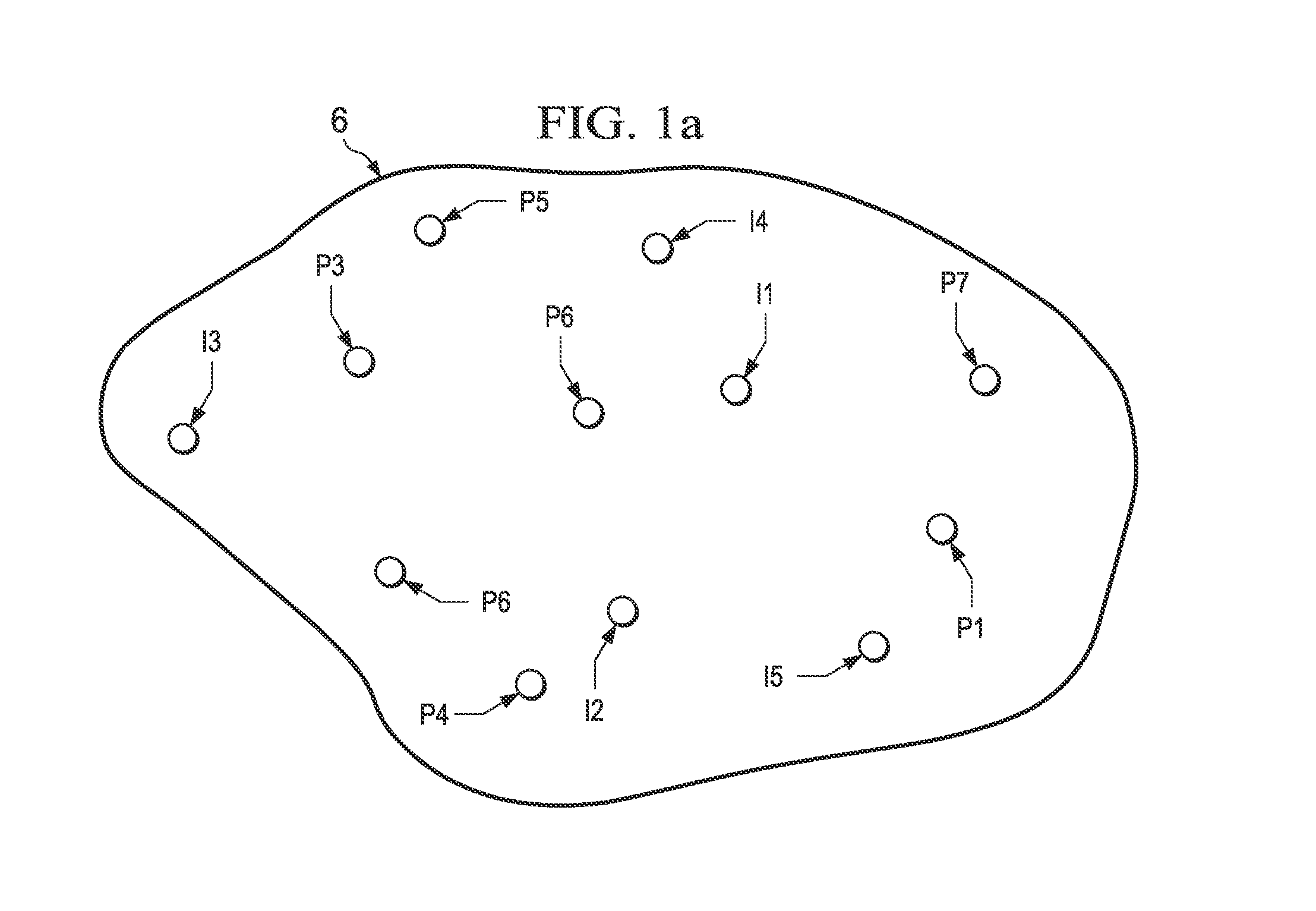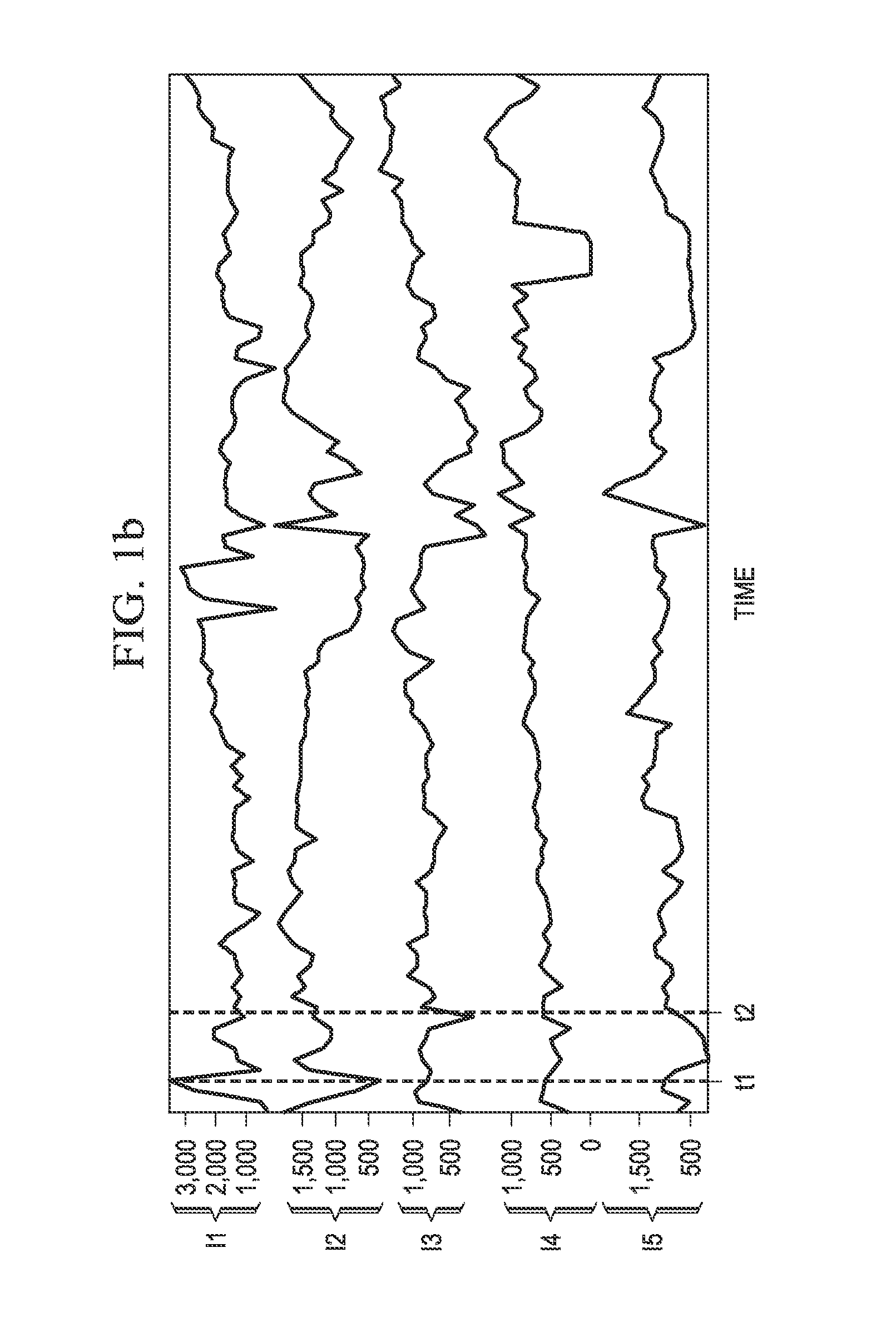Statistical reservoir model based on detected flow events
a reservoir model and flow event technology, applied in the field of oil and gas production, can solve the problems of complicated production field optimization, limited precision and accuracy of necessarily indirect methods used to characterize the structure and location of hydrocarbon-bearing reservoirs, and complicating sub-surface fluid flow, so as to achieve efficient derive the effect of statistical models
- Summary
- Abstract
- Description
- Claims
- Application Information
AI Technical Summary
Benefits of technology
Problems solved by technology
Method used
Image
Examples
Embodiment Construction
[0044]This invention will be described in connection with one or more of its embodiments. More specifically, this description refers to embodiments of this invention that are implemented into a computer system programmed to carry out various method steps and processes for optimizing production via secondary recovery actions, specifically waterflood injection, because it is contemplated that this invention is especially beneficial when used in such an application. However, it is also contemplated that this invention can be beneficially applied to other systems and processes. Accordingly, it is to be understood that the following description is provided by way of example only, and is not intended to limit the true scope of this invention as claimed.
[0045]For purposes of providing context for this description, FIG. 1a illustrates, in plan view, an example of a small production field in connection with which embodiments of this invention may be utilized. In this example, multiple wells ...
PUM
 Login to View More
Login to View More Abstract
Description
Claims
Application Information
 Login to View More
Login to View More - R&D
- Intellectual Property
- Life Sciences
- Materials
- Tech Scout
- Unparalleled Data Quality
- Higher Quality Content
- 60% Fewer Hallucinations
Browse by: Latest US Patents, China's latest patents, Technical Efficacy Thesaurus, Application Domain, Technology Topic, Popular Technical Reports.
© 2025 PatSnap. All rights reserved.Legal|Privacy policy|Modern Slavery Act Transparency Statement|Sitemap|About US| Contact US: help@patsnap.com



